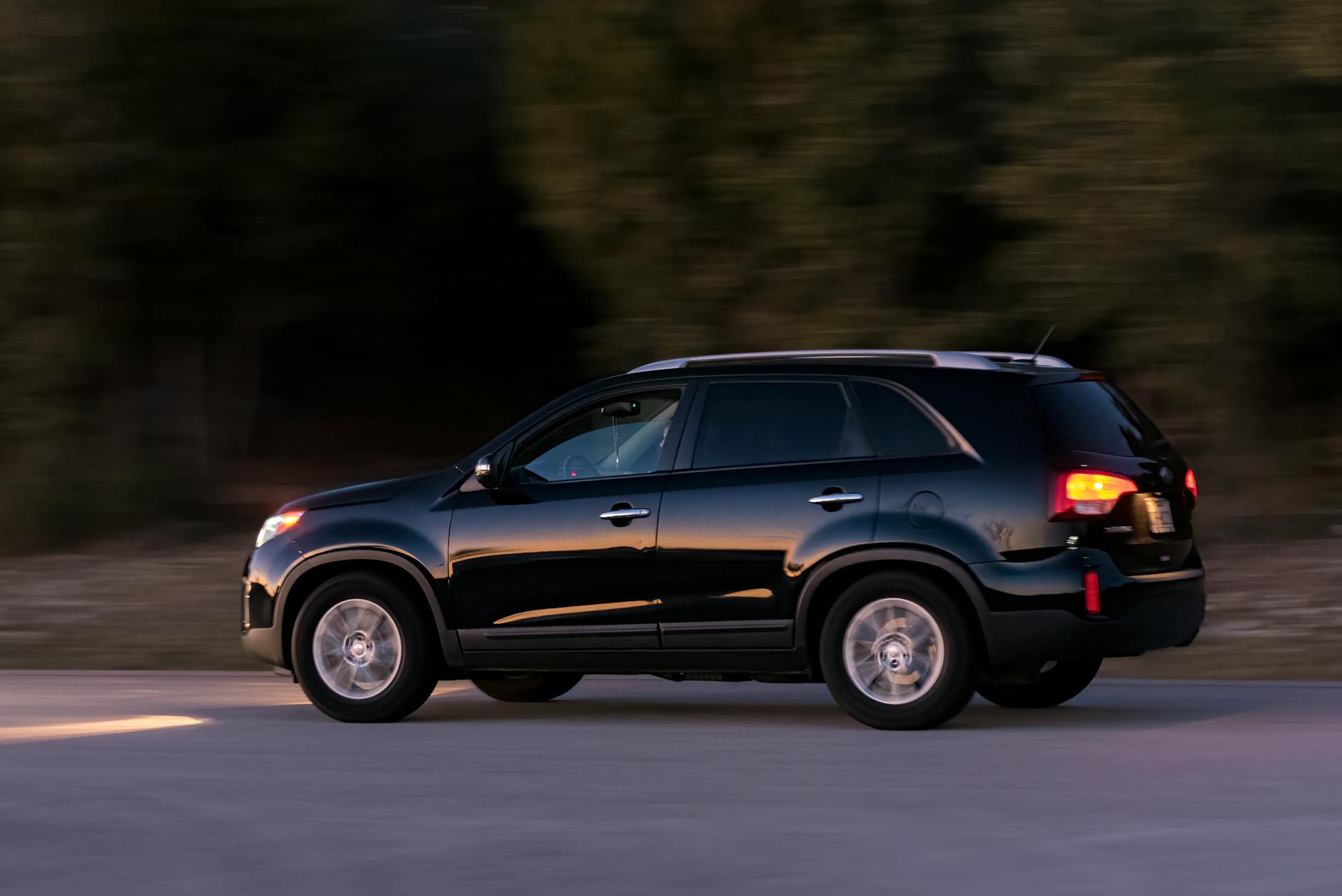Shine Bright on the Road: Headlights, Tires, and Motor Oil Essentials
Picture this: you're cruising down a dimly lit road with only your car's headlights to guide you through the darkness. When was the last time you truly considered the condition of your headlights? Just like a dazzling smile can brighten up a room, wellmaintained headlights illuminate the path ahead, ensuring safety and clarity during your nighttime journeys. Learn how to keep your headlights in top shape for a driving experience that shines brighter than the stars.

Shedding Light on Tire Maintenance
Your tires are the unsung heroes of the road, gripping the asphalt and carrying you towards your destination. But are you giving them the attention they deserve? From checking tire pressure to monitoring tread wear, proper tire maintenance is crucial for optimal performance and safety. Let's dive into the world of tires and discover how you can ensure smooth travels mile after mile.
The Heartbeat of Your Vehicle: Motor Oil Essentials
Your car's headlights are more than just bright bulbs—they are your guiding light on the road to safety. By keeping your headlights clean and properly aligned, you enhance visibility and ensure other drivers can see you clearly. Think of headlights as the eyes of your vehicle, allowing you to navigate through the darkness with confidence. Whether you're driving through fog, rain, or pitchblack nights, wellfunctioning headlights are nonnegotiable for a safe and secure journey.
Tips to Keep Your Headlights Shining Bright
Essential Tire Care Practices
1. Follow your vehicle manufacturer's recommendations for oil change intervals based on mileage or time. 2. Use the correct viscosity oil for your engine to ensure proper lubrication and performance. 3. Check oil levels regularly and top up if needed to prevent engine damage due to low oil levels. 4. Consider synthetic oils for enhanced engine protection and longevity, especially in extreme temperatures.
As you hit the road with renewed knowledge about headlights, tires, and motor oil essentials, remember that proper maintenance is the key to a safe and enjoyable driving experience. By prioritizing the health of these vital components, you not only safeguard your vehicle but also enhance your own safety and that of others on the road. So, shine bright on your journey, roll smoothly towards your destinations, and keep your engine purring like a contented cat. FAQs (Frequently Asked Questions)
1. How often should I replace my car's headlights?
Regularly check your headlights for any signs of dimming or flickering. Typically, it's recommended to replace your headlights every 23 years or as soon as you notice a decrease in brightness.
2. Can I drive with a low tire pressure?
3. What type of motor oil is best for my car?
4. How do I know when it's time to change my car's tires?